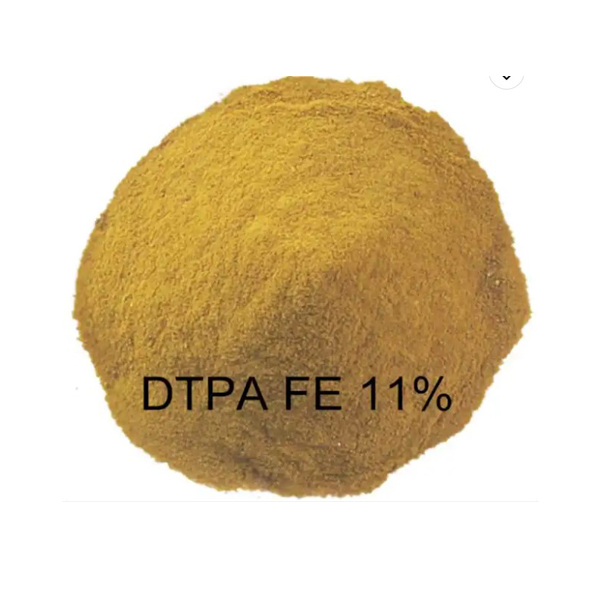
News
Nov . 09, 2024 22:18 Back to list
Understanding Plant Nutrients The Roles of Macro and Micronutrients for Optimal Growth
The Essential Role of Macros and Micronutrients in Plant Growth
Plants, the fundamental building blocks of our ecosystem, rely heavily on a variety of nutrients to maintain their health and facilitate growth. These nutrients can be categorized into two primary groups macronutrients and micronutrients. Each of these plays a unique and vital role in plant development, impacting everything from cell structure to photosynthesis.
Macronutrients The Building Blocks of Life
Macronutrients are the nutrients that plants require in larger quantities. These include nitrogen (N), phosphorus (P), potassium (K), calcium (Ca), magnesium (Mg), and sulfur (S). Each macronutrient serves specific functions critical to the overall health of the plant.
1. Nitrogen is essential for the production of proteins and nucleic acids. It contributes to the lush green color of plants and is a key component of chlorophyll, which is vital for photosynthesis. A deficiency in nitrogen often manifests as yellowing leaves and stunted growth.
2. Phosphorus plays a crucial role in energy transfer within the plant, as it forms part of ATP (adenosine triphosphate), the energy currency of cells. It is also critical for root development and flower and seed formation. Insufficient phosphorus can lead to poor root growth and decreased flowering.
3. Potassium is a regulator of several physiological processes in plants, including water regulation and enzyme activation. It helps strengthen plant cell walls and improves drought resistance. A potassium deficiency can cause weak stems and lower resistance to diseases.
4. Calcium is vital for maintaining cell wall integrity and structure. It aids in the development of new cells and regulates other nutrient uptake. Calcium deficiency can lead to blossom end rot in tomatoes and other issues in fruit crops.
5. Magnesium is a central element in the chlorophyll molecule and is integral to photosynthesis. It also assists in the activation of various enzymes involved in plant metabolism. Signs of magnesium deficiency include interveinal chlorosis, where the spaces between the veins of leaves turn yellow.
6. Sulfur is essential for the synthesis of amino acids, vitamins, and enzymes. It also plays a significant role in chlorophyll production and overall protein synthesis. Sulfur deficiency typically results in stunted growth and yellowing of younger leaves.
macro and micronutrients for plants quotes

Micronutrients The Tiny Powerhouses
Micronutrients, though required in much smaller quantities, are equally important for plant health. These include elements such as iron (Fe), manganese (Mn), zinc (Zn), copper (Cu), molybdenum (Mo), boron (B), and chlorine (Cl). Each micronutrient serves specific functions that contribute to plant vitality.
1. Iron is crucial for chlorophyll synthesis and serves as a critical component of various enzymes. Iron deficiency often manifests as chlorosis, where young leaves turn yellow while veins remain green—common in alkaline soils.
2. Manganese assists in photosynthesis, respiration, and nitrogen assimilation. A deficiency can lead to leaf discoloration and reduced growth.
3. Zinc plays a role in enzyme function and protein synthesis. It is essential for the production of growth hormones. Zinc deficiency can stunt plant growth and cause leaf deformation.
4. Copper is involved in several enzymatic processes and is important for photosynthesis and metabolism. Insufficient copper can hinder root development and flowering.
5. Molybdenum is essential for nitrogen fixation and metabolism. It’s particularly important in legumes that rely on symbiotic relationships with nitrogen-fixing bacteria.
6. Boron assists in cell division and nutrient transport. A lack of boron can lead to poor flowering and fruiting.
Conclusion
Understanding the importance of both macronutrients and micronutrients is crucial for anyone engaged in agriculture, horticulture, or gardening. A balanced supply of these nutrients not only enhances growth and productivity but also ensures the long-term health of plants. Soil testing and proper fertilization strategies can help maintain optimal nutrient levels, enabling gardeners and farmers alike to cultivate thriving, resilient plants. In an era where food security is increasingly crucial, recognizing the intricate relationship between nutrient availability and plant health is more important than ever. By nurturing our soils and managing nutrients wisely, we pave the way for sustainable agriculture and a healthier planet.
-
Polyaspartic Acid Salts in Agricultural Fertilizers: A Sustainable Solution
NewsJul.21,2025
-
OEM Chelating Agent Preservative Supplier & Manufacturer High-Quality Customized Solutions
NewsJul.08,2025
-
OEM Potassium Chelating Agent Manufacturer - Custom Potassium Oxalate & Citrate Solutions
NewsJul.08,2025
-
OEM Pentasodium DTPA Chelating Agent Supplier & Manufacturer High Purity & Cost-Effective Solutions
NewsJul.08,2025
-
High-Efficiency Chelated Trace Elements Fertilizer Bulk Supplier & Manufacturer Quotes
NewsJul.07,2025
-
High Quality K Formation for a Chelating Agent – Reliable Manufacturer & Supplier
NewsJul.07,2025
